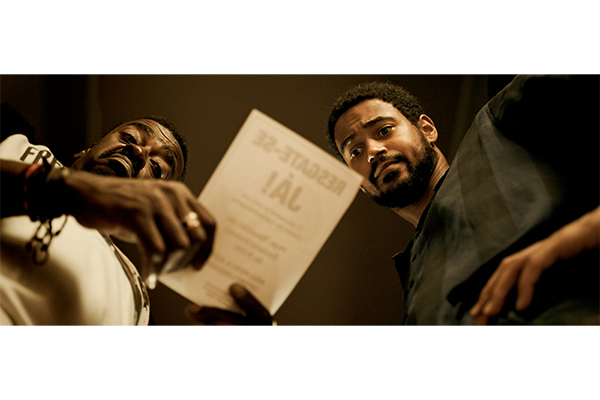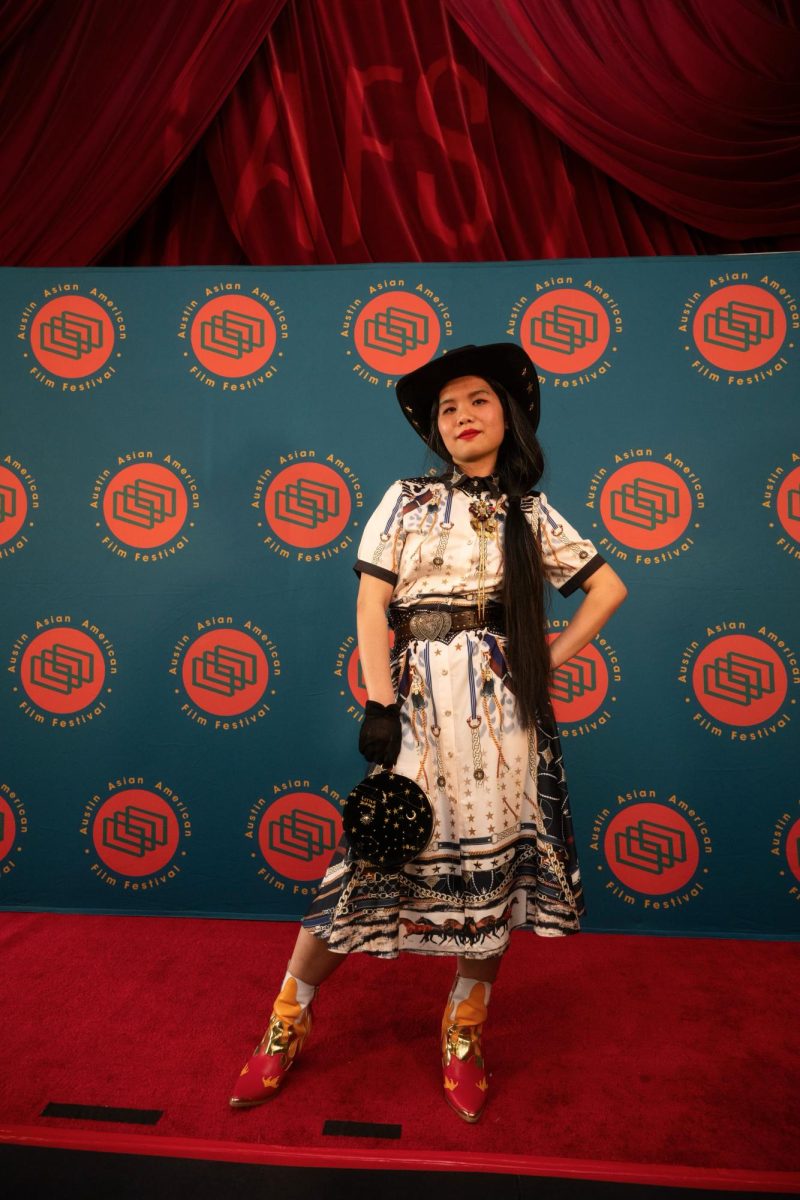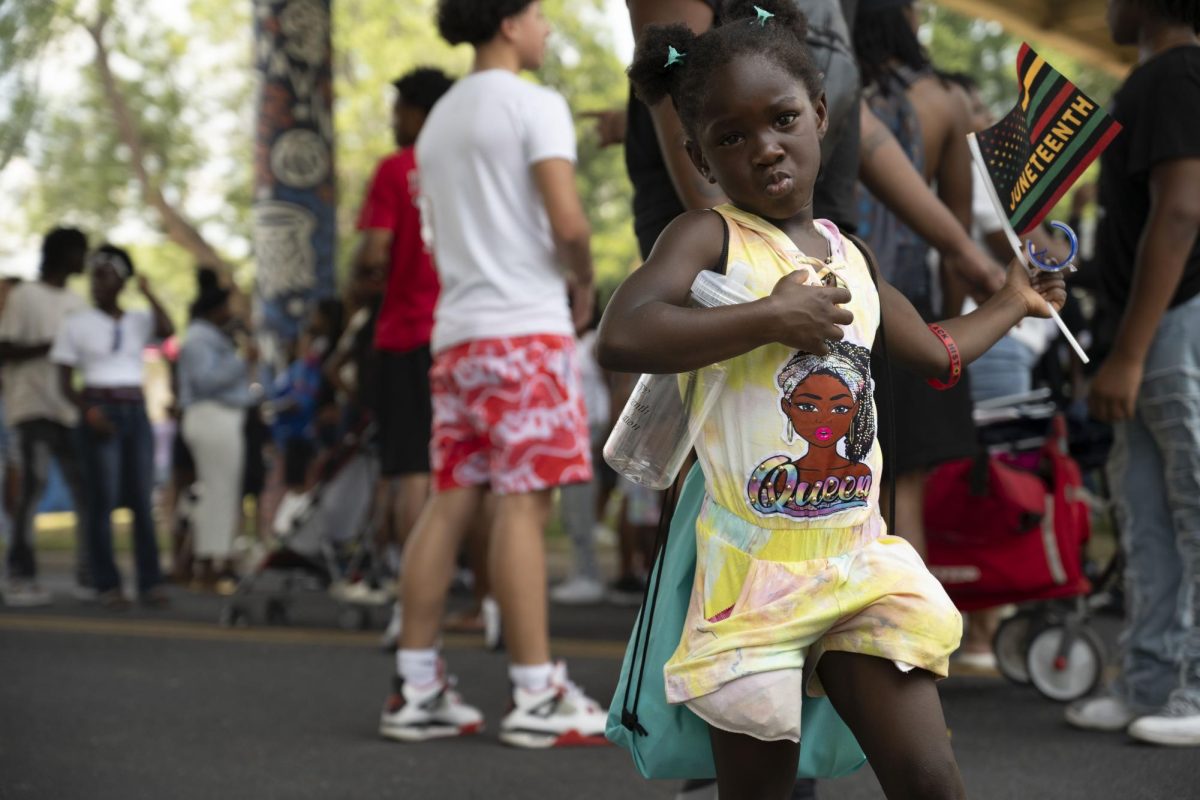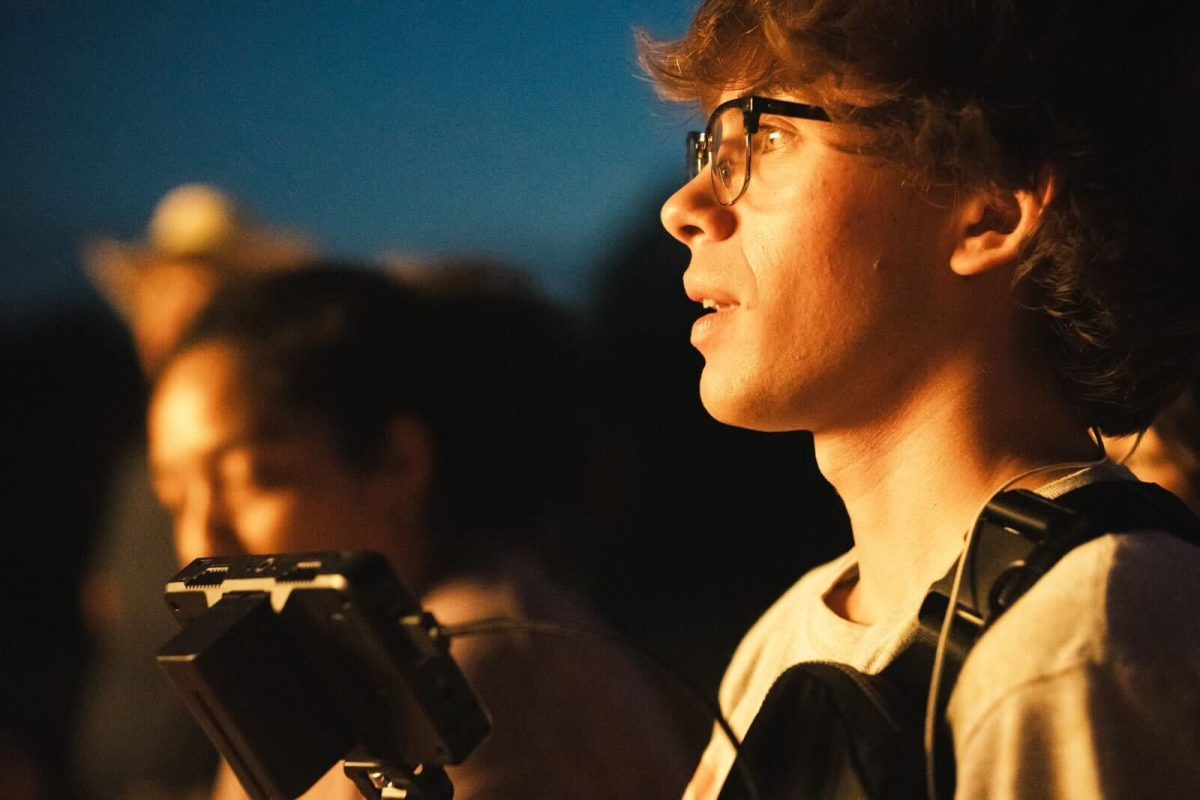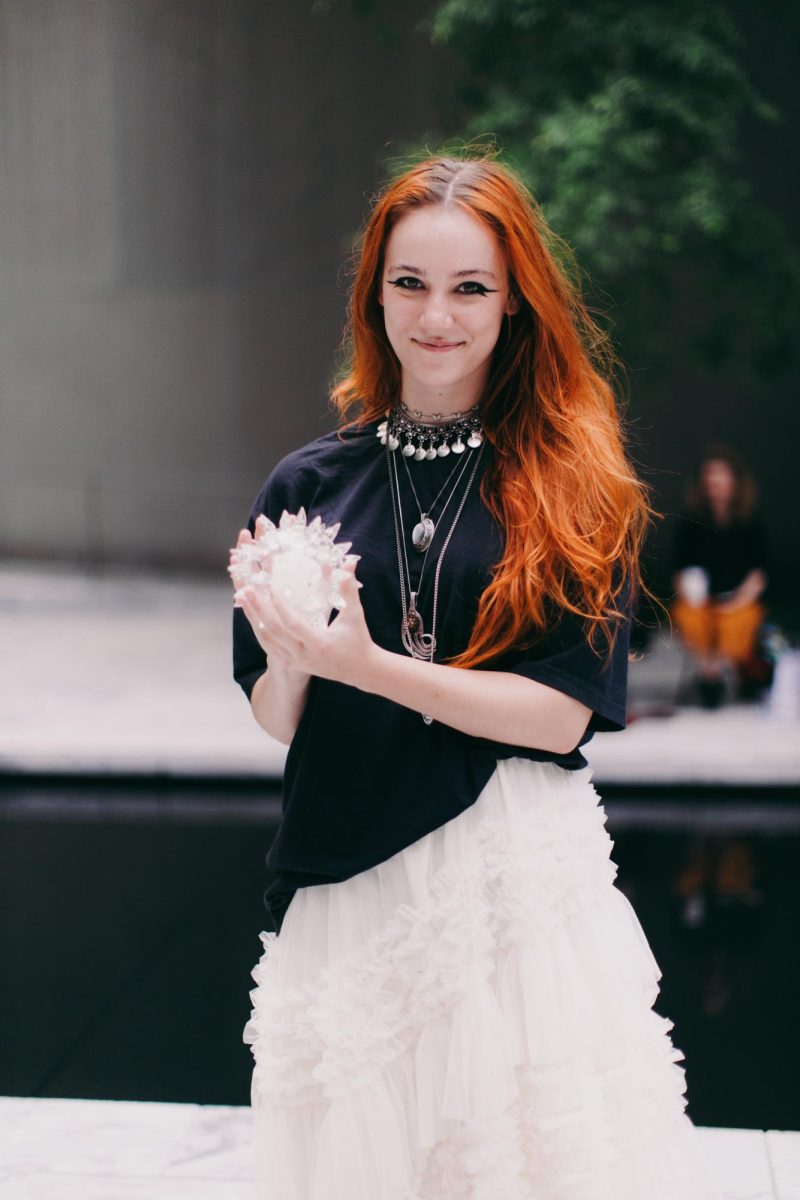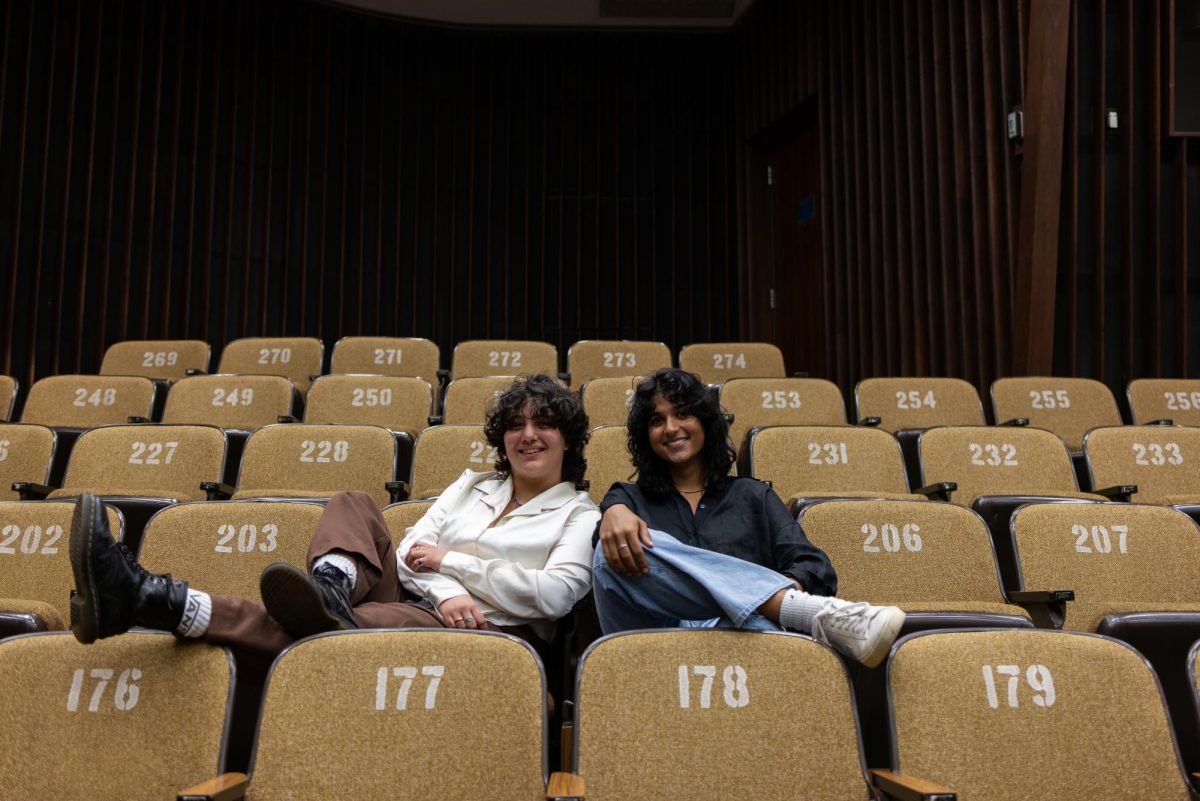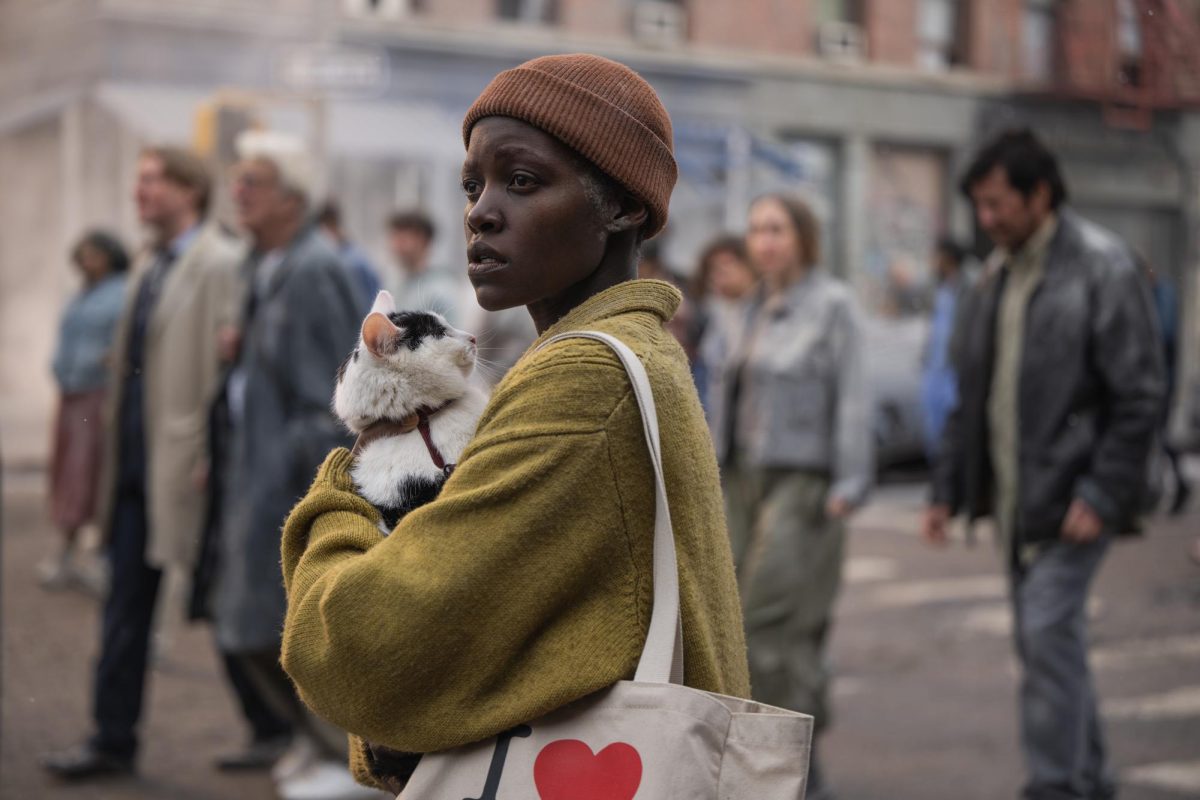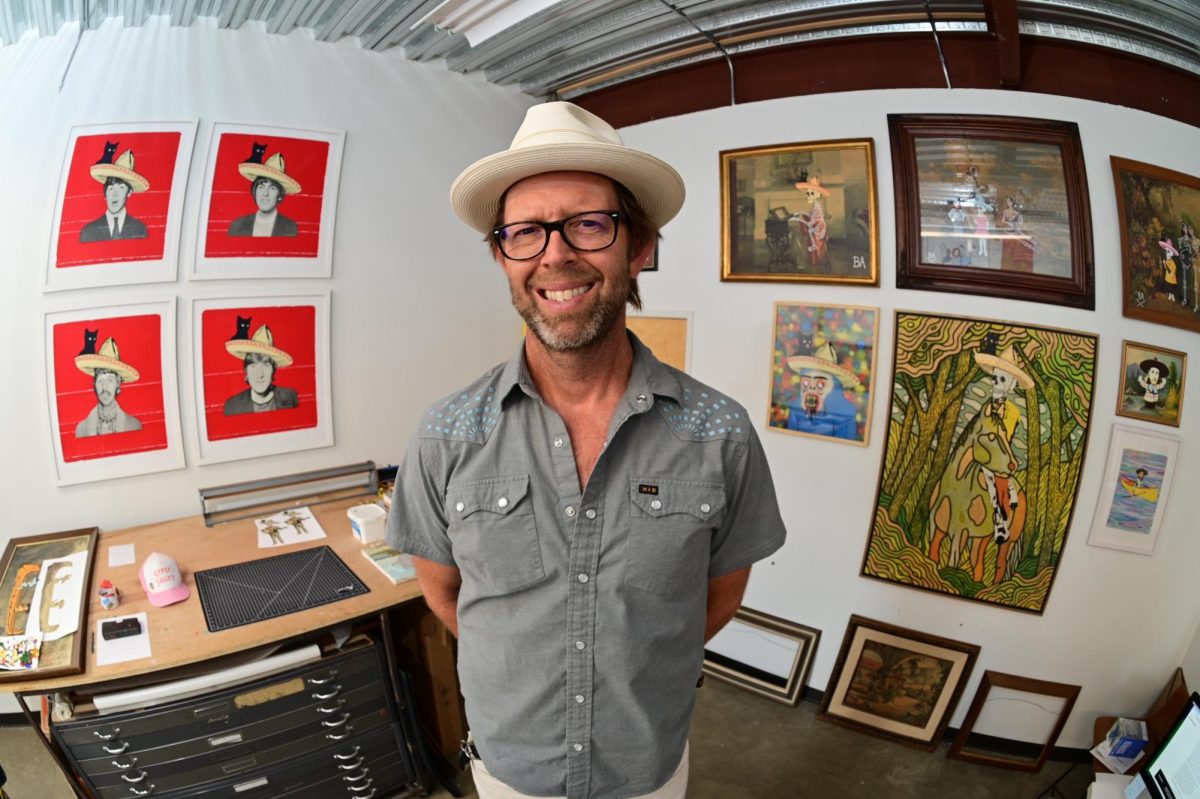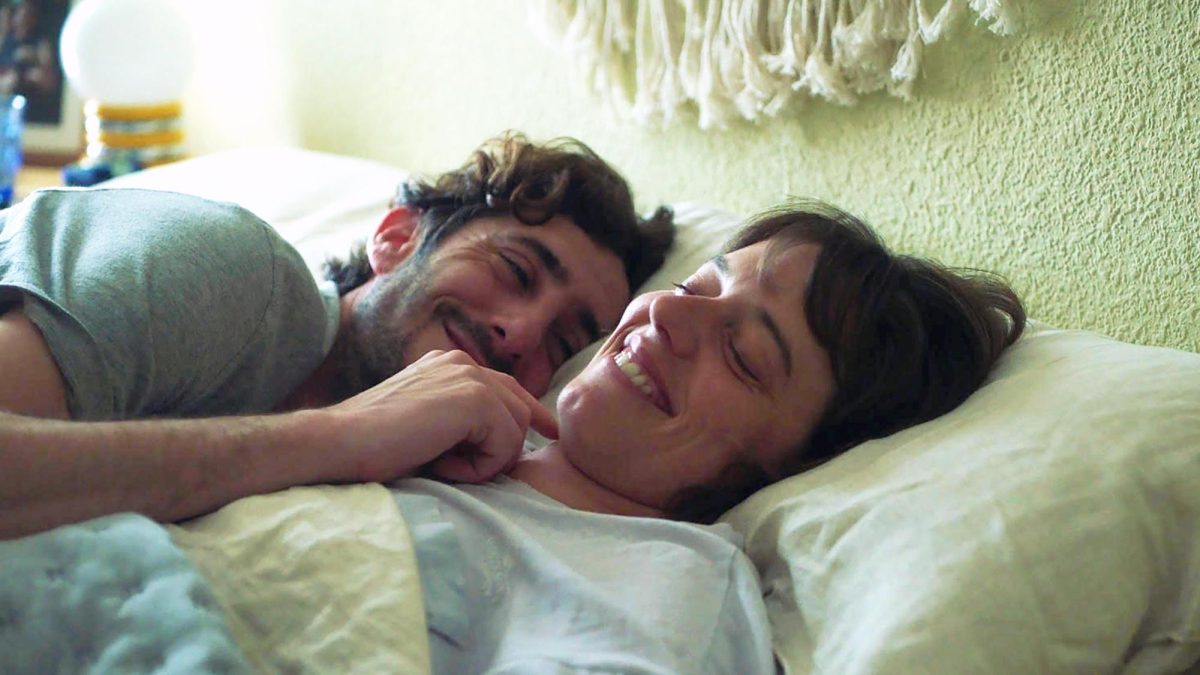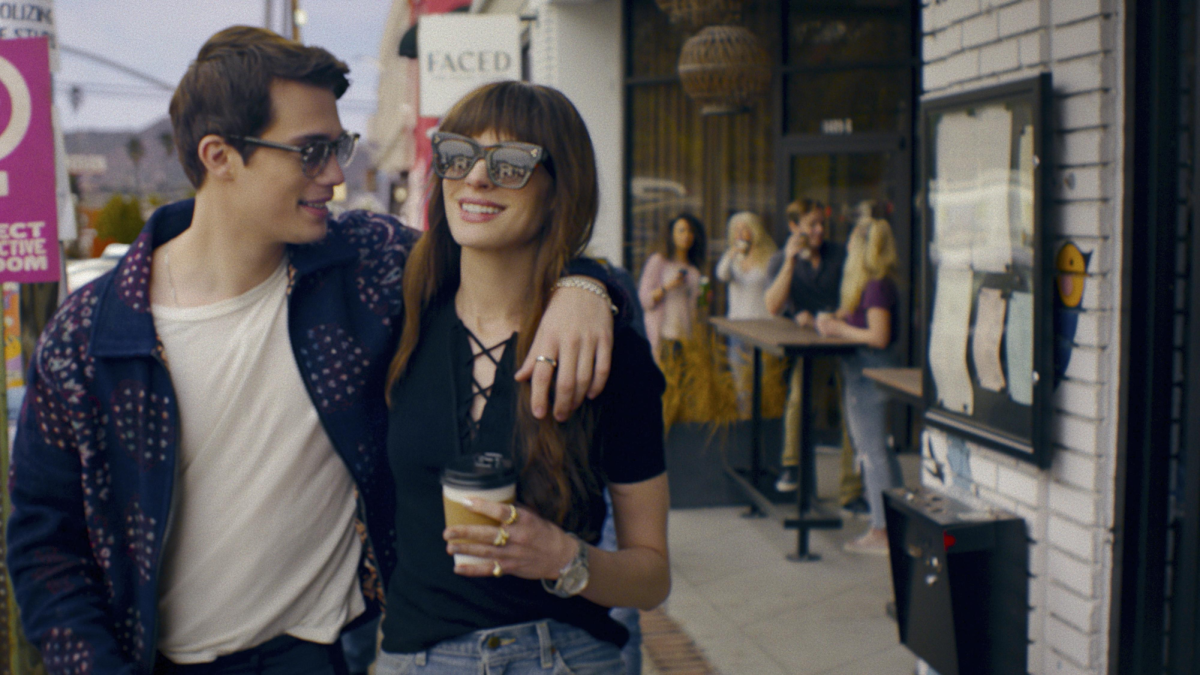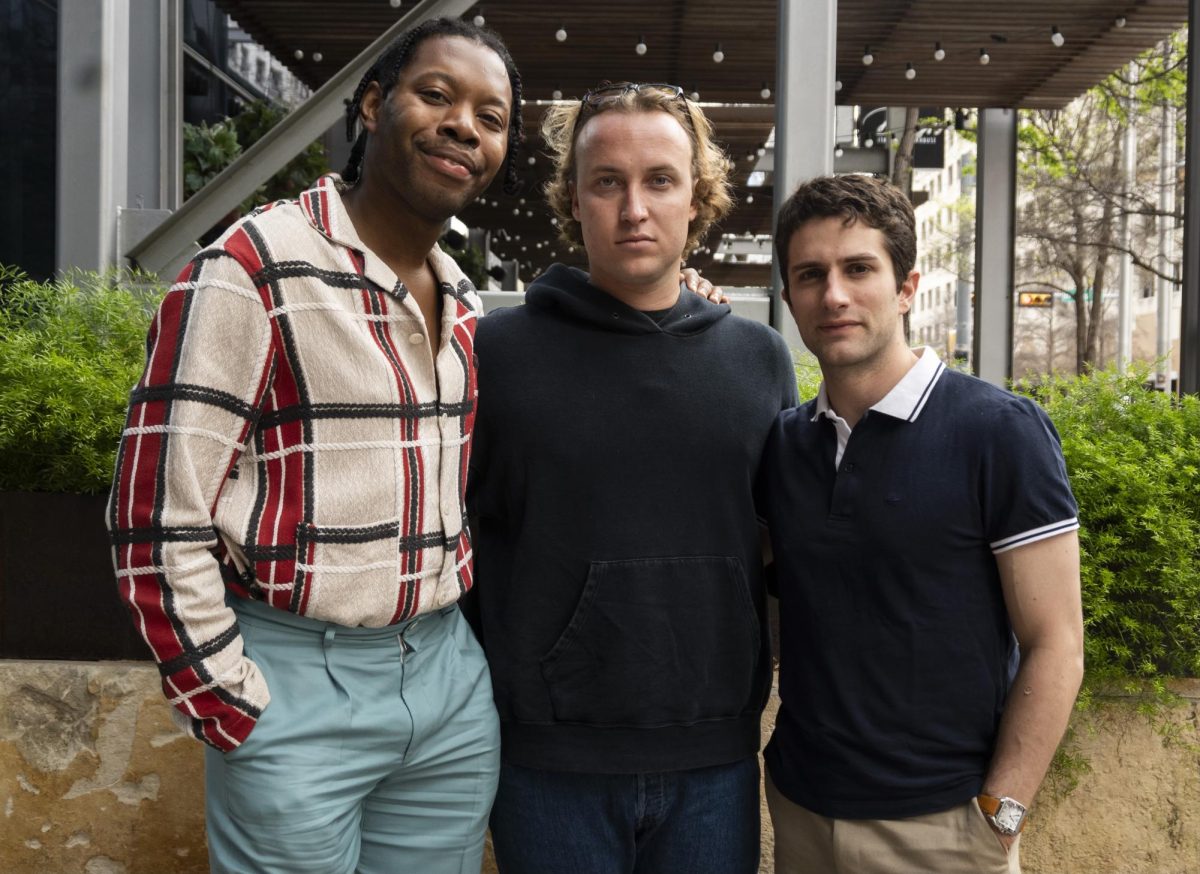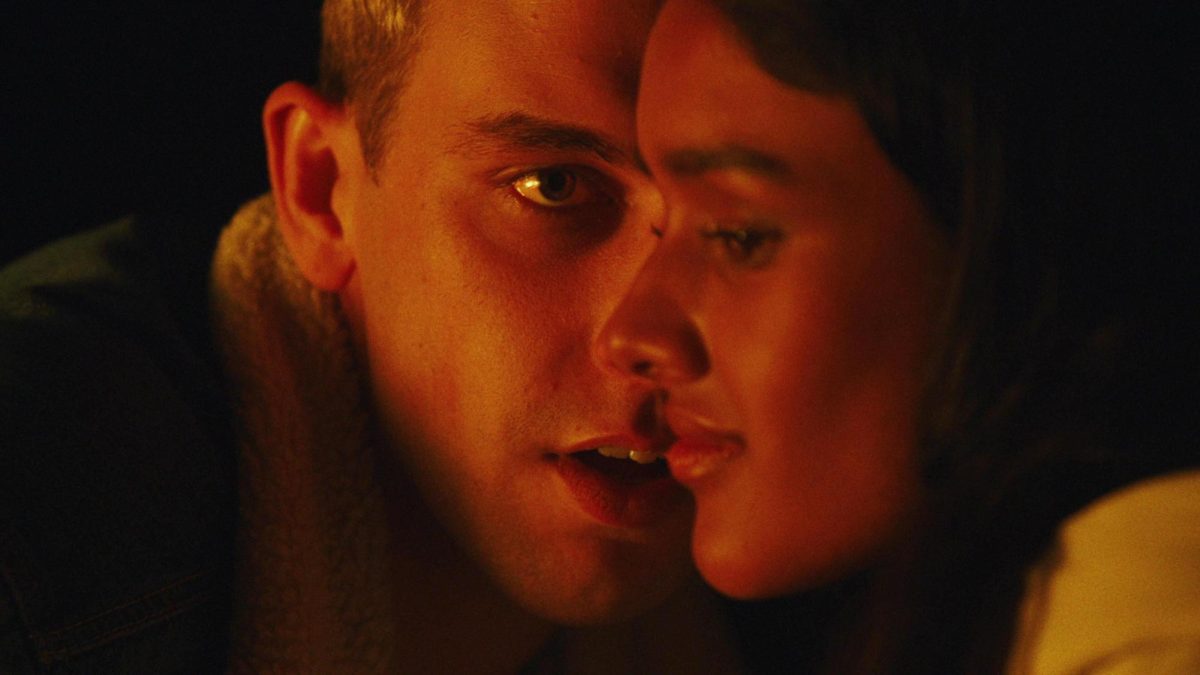TW: police brutality, violent imagery
Editor’s note: Because his first language is Portuguese, Lázaro Ramos spoke mostly in English and occasionally used a translator.
“Executive Order,” which premiered at South by Southwest 2021 on Tuesday, is Brazilian actor Lázaro Ramos’ directorial debut. The film is set in near-future Brazil, when the authoritarian government has just issued a new executive order deporting all Black citizens to Africa as an excuse to repay the debts of slavery.
The Daily Texan spoke to Ramos about the timeliness of his film and why he included a (mostly) happy ending.
The Daily Texan: The issues of racism that you touch on are always important, but did you realize how timely it would be when you wrote the script (for “Executive Order”)?
Lázaro Ramos: Wow. No. I shot this movie in 2019, but this story is based on a play from 2011, and many of those subjects and situations (of racism and police brutality) are on display. That is strange because the play (is) talking about things we don’t want to happen, (but) many of those things (did) happen — even the death is the same death that we cried at last year, you know? (The movie is) a kind of an alert. I hope the audience feels touched (by) this story, and (I hope) it changes mindsets. (I hope) people feel empowered to change things because this movie talks about bad things. We laugh a little bit, but in fact it’s a sad story.
DT: There is a lot of harsh imagery of violence against Black Brazilians in this film, but there were also moments of Black joy and celebrating Blackness. Did you always know you wanted to have those moments to sort of balance out the darker scenes?
LR: Exactly. That’s my desire. I didn’t want to make a movie just about pain. I wanted to make a movie … about power. Yes, about power. Because to talk just about pain — sometimes the news talks about (only) pain, but I wanted to talk about power. And this power is in the (professions) of the characters: the lawyer, the journalist, the doctor. And also in the (dancing), the pictures, the clothes. That’s (my) desire — to talk about all the things that make us a human being. Sometimes, people look (at) a Black person just thinking (about) your color (or) your pains. You know? And this is hard as a Black artist and a Black person. I want to show (to) the audience that we are (more than) just one subject.
DT: Thank you for including a happy ending, because you had every reason not to based on our current reality. Why did you want to include this light at the end of the tunnel moment?
LR: I shot three endings for this movie. It was a difficult decision (to pick one) because I didn’t know what kind of feeling I wanted (at) the end of the movie — if I wanted people (to) feel sad, if I wanted people (to) feel angry — and I decided to put power (empower) in the audience. I don’t want people to feel sad at the end of this movie. I want people to feel they can change the world. That’s the reason I chose this ending.



